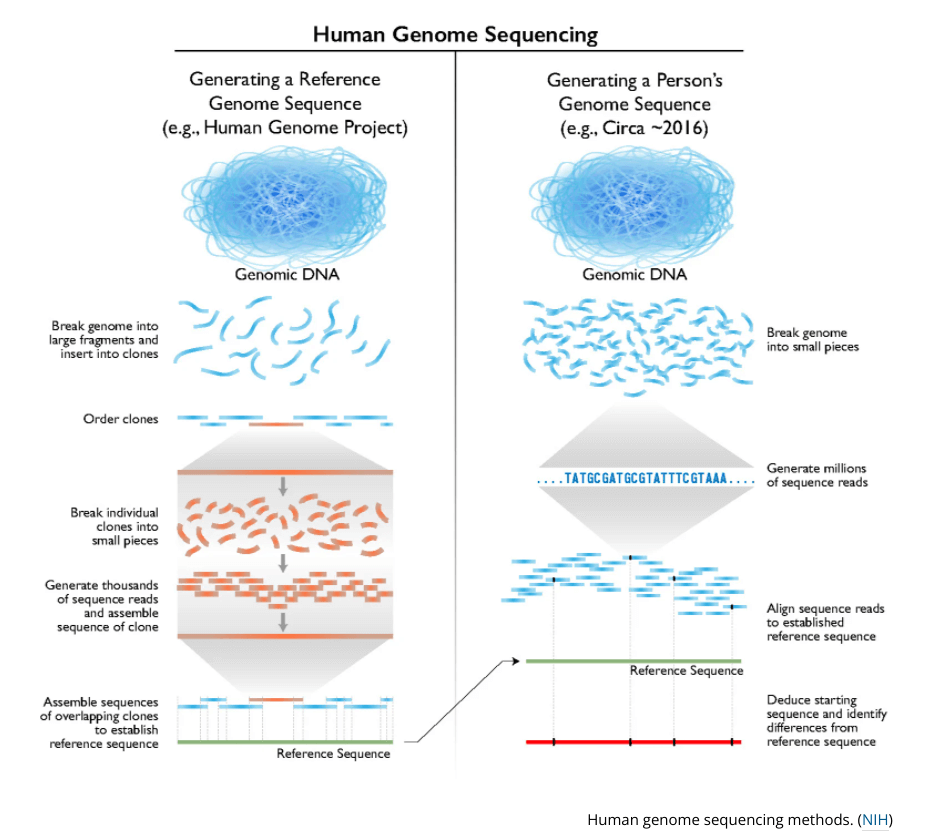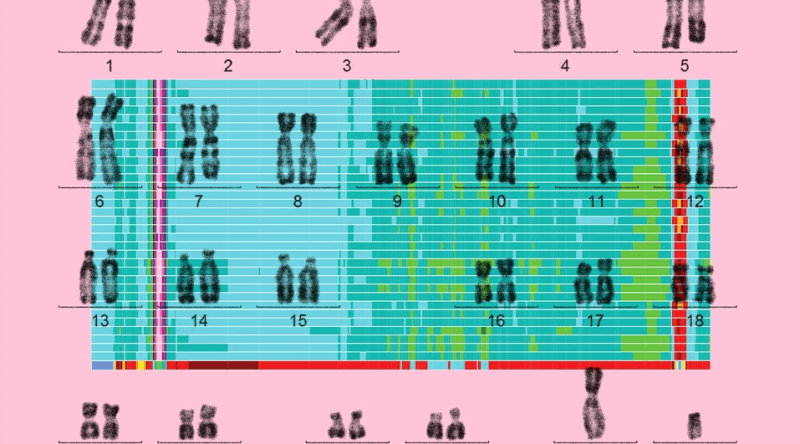Scientists have filled in millions of missing pieces of human DNA, yielding the most complete, gapless sequence of the human genome ever produced, bar one tiny chromosome.
The feat, made possible by ever-improving genome sequencing technologies and a consortium of more than 100 scientists, sets a new benchmark for understanding human genetic diversity in all its glory.
The team has also corrected thousands of structural errors in our previous most complete reference genome during the process. The achievement cannot be understated: It holds huge potential for better understanding human evolution and disease.
“Truly finishing the human genome sequence was like putting on a new pair of glasses,” says bioinformatician Adam Phillippy of the US National Human Genome Research Institute.
“Now that we can clearly see everything, we are one step closer to understanding what it all means.”
Of course, time will tell if personalized medicine can truly live up to its promise of delivering affordable, targeted treatments based on an individual’s genetic make-up, but researchers are excited.
“In the future, when someone has their genome sequenced, we will be able to identify all of the variants in their DNA and use that information to better guide their healthcare,” says Phillippy.
































